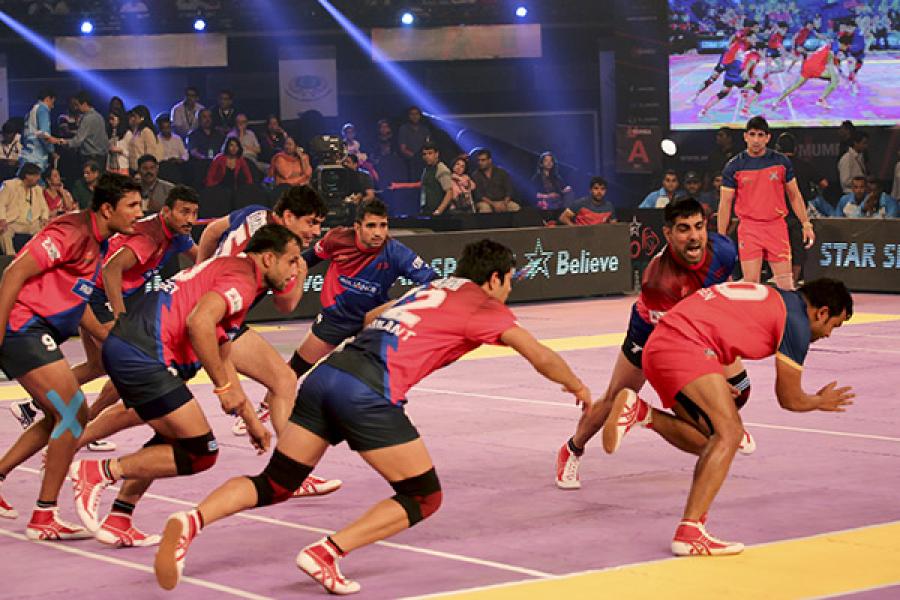
How to turn Indian games into a money-spinner
Now that local games are television spectacles, the industry is thinking of ways to monetise the new leagues
Ever since broadcasters expanded their canvas by putting Indian games like kabaddi and wrestling in new league formats, the sports narrative in the country has received a new lease of life. It is also evident that there is a loyal audience for each of the new leagues. The more discerning question, however, is how these leagues can be made financially viable.
This was the issue discussed by the panel on the third day of the Ficci Frames 2016 conclave in Mumbai. “We need to keep the fans at the centre of all our initiatives, right from stadium to programming,” says Nitin Kukreja, president, Star Sports, which airs the Pro Kabaddi League (PKL), Indian Badminton League (IBL) and the Indian Super League (ISL). He adds that each league has its own pockets of passion in the country, and it is important to go to the grass roots to connect and engage with the audience.
Million-dollar games: How private enterprise is changing non-cricket sports in India
Sukhwinder Singh, CEO of the football franchise FC Goa, agrees: “The make or break is going to be ‘community connect’. Rather than winning the nation, we should look at winning the region,” he suggests. He adds that it becomes easy to garner eyeballs only when the audience is educated about the sport. As a case in point, Singh cites how his technical director recently organised a training programme for parents to create awareness about football.
Co-panelist Supratik Sen, CEO, USports, states that organising talent hunt programmes, too, help in achieving greater engagement with the audience. His company owns the PKL team, U Mumba. “In our first season, some advertisers mocked us, saying why don’t you start Gilli Danda instead. However things have changed in the last eighteen months,” he says.
“Whether India is ready for women’s wrestling or not, I don’t know. But India today is ready for sports beyond cricket. And that itself is encouraging,” says Kukreja.
While training programmes and talent hunts will draw more people to the stadiums—making it easier for league owners to monetise their business—the stadia themselves are in need of a revamp. Stadia in India must therefore evolve to provide a more holistic experience rather than just being a place to come and ‘watch’ sport. “In this country, nobody has realised that sports infrastructure can be utilised and monetised. Indian stadia are not designed for TV. The safety aspect too is not looked at in detail. The sports infrastructure is, thus, a Rs 80,000-crore opportunity in this country,” says Udit Sheth, MD and CEO, TransStadia, a sports infrastructure company. His company has entered into a Public Private Partnership with the Gujarat government to develop a stadium, spread over 9 acres, which will house a FIFA international standard football pitch, with a seating capacity of 20,000. It will also have a multi-utility facility which will house eight academies and can be used for 16 different sports.
Clearly, none of the leagues are profitable currently. But passionate owners and broadcasters too will go a long way in shaping the future of these leagues. “At the end of the day, ratings determine sponsorship. The private league business is not profitable currently. But we need to remember that the foreign leagues have been around for hundred years, and it is only in the last two decades or so that they have started gaining so much financially. So we will keep investing,” says Kukreja.
“We have given ourselves time till season 4-5 to understand the dynamics and nuances of the game. After that, we will start thinking about the bottomline,” says Sen.
Also, though the team’s popularity largely depends on their performance, the panelists say that clubs also need to look at building their brand through local marketing, merchandising and making their merchandises available locally. Pre- and post-game events too should be conceived. These steps will go a long way in making India a feasible multi-sporting nation.
















